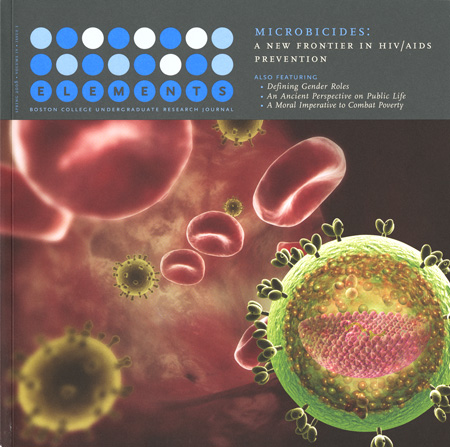A Faith that Does Justice: Truth and Reconciliation Commissions in El Salvador and Guatemala
DOI:
https://doi.org/10.6017/eurj.v4i1.9013Keywords:
Spring 2008, social sciences, political scienceAbstract
After the first truth and reconciliation commission was implemented in South Africa, the model was applied to other war-torn regions and countries worldwide, including many Latin American countries such as El Salvador and Guatemala. As a political body centered in a Christian paradigm, a TRC aims to procure personal and collective healing. Yet, as a relatively new trend in conflict resolution, it merits further analysis and evaluation. By investigating the meaning of the terms justice, forgiveness, and reconciliation in both the religious and political contexts, the study can better name the goals and outcomes of political healing processes in the last decade. Aditionally, it is imperative to identify these strengths and weaknesses of past directives in order to avoid further "spurious reconciliation." If the truth alone proves insufficient, this essay attmpts to determine what then is the efficacy of future commissions.Downloads
Published
2008-04-10
How to Cite
Schermerhorn, K. (2008). A Faith that Does Justice: Truth and Reconciliation Commissions in El Salvador and Guatemala. Elements, 4(1). https://doi.org/10.6017/eurj.v4i1.9013
Issue
Section
Articles
License
Copyright (c) 2015 Elements

This work is licensed under a Creative Commons Attribution 4.0 International License.

